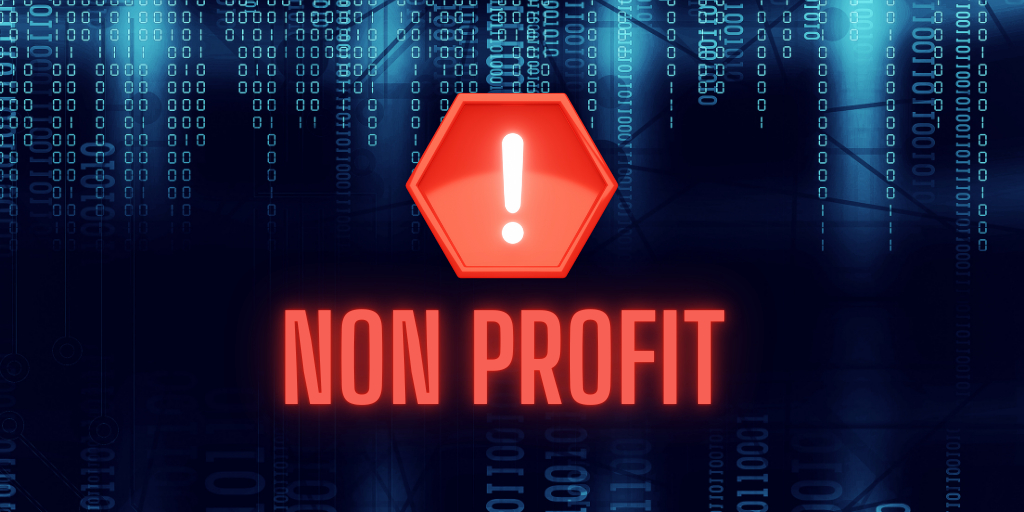Addressing CMMC Compliance Gaps for Small Businesses
Navigating the complex landscape of CMMC compliance can be a daunting task for small businesses, but with the right strategies, achieving and...

Devices connected to the Internet of Things (IoT) are generally simple appliances that carry out particular activities. As a result, their importance in an organization's IT infrastructure is rarely taken into account and they are frequently overlooked. However, given that the IoT ecosystem is a wide and vulnerable attack surface that can lead enterprises to serious breaches.
These devices frequently have security flaws that leave them open to attack and put the remainder of the organization in danger. For instance, unprotected printers, smart lighting, IP cameras, and other networked devices are frequently targeted by cyber threat actors who want to access a networked system within an enterprise. From there, they can travel laterally through the network to gain access to more important infrastructure and private information, develop ransomware, and ultimately completely halt an organization's network.
A business's cybersecurity plan must include IoT security because it reduces the risks posed by these networked, unsecured devices. It makes sense that the amount of security improvements that programmers can add to IoT devices is limited. These devices don't have enough RAM, processing power, or storage to incorporate comprehensive security measures. Additionally, adding cybersecurity software to each of the numerous IoT devices in use would be incredibly inefficient.
IoT security is unquestionably crucial because businesses and other organizations are relying on them more and more. They provide a variety of services, including managing supply chains, automating data collecting, managing HR tasks, and monitoring resource usage. Large businesses, industrial groups, healthcare facilities, and device manufacturers in particular need IoT security. These businesses are among the most frequently targeted by the 1.5 billion IoT attacks that occurred in the first half of 2021.
How crucial is IoT security? A good indicator is the U.S. government's response to it. The IoT Cybersecurity Improvement Act of 2020, which aims to establish minimum security requirements for IoT devices owned or managed by the Federal Government, shows how seriously the US takes IoT cyberattacks. The regulation increases the US government's concern over IoT security and recognizes the dangers that IoT devices bring.
IoT security is a challenging issue to resolve. Businesses operating in the IoT industry must recognize the importance of device security and make investments in solid firmware development or thoughtful open-source usage.
Although developers can create excellent open-source IoT frameworks for manufacturers to use at no cost, this effort will not persuade them to put security first. Thankfully, governments have begun to recognize the IoT security threat, and pertinent regulations are now being created. Hopefully, the rest of the world will become more conscious of the IoT security issue and implement the appropriate solutions.

Navigating the complex landscape of CMMC compliance can be a daunting task for small businesses, but with the right strategies, achieving and...

In an increasingly digital world, non-profits are prime targets for cyber threats. You can just discover how a Virtual CISO can protect your...

Small businesses must prioritize secure messaging to protect sensitive information and maintain customer trust.